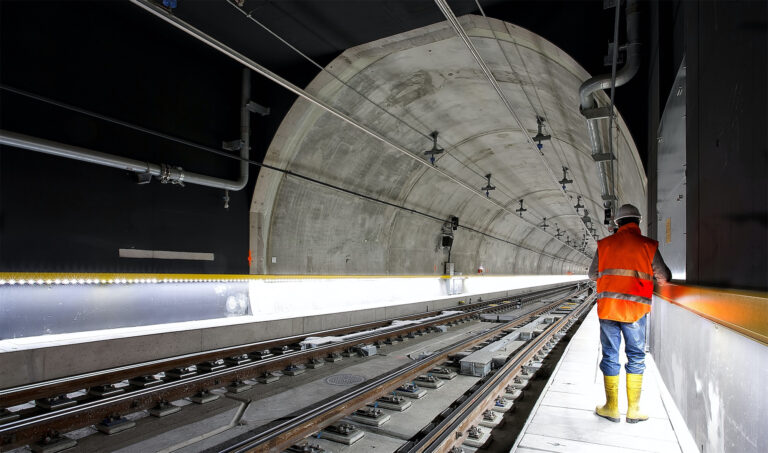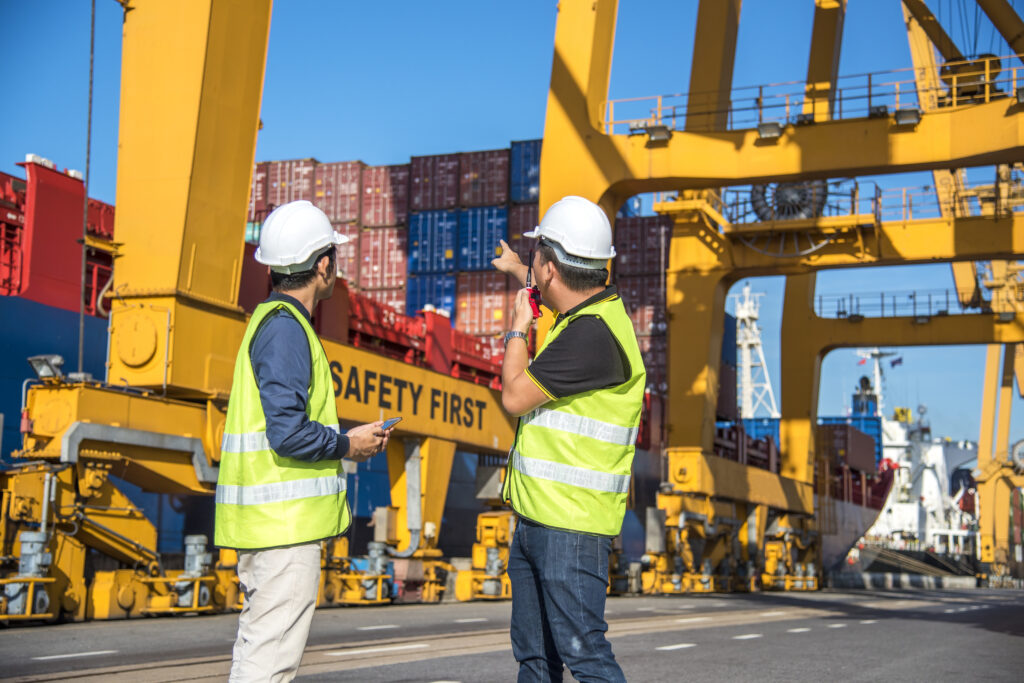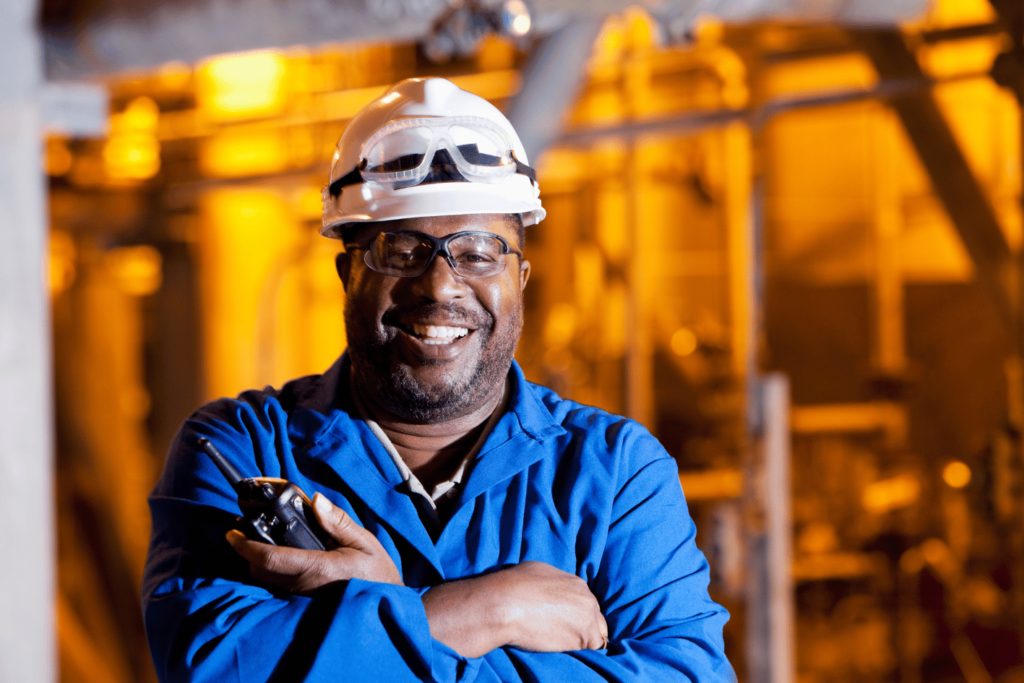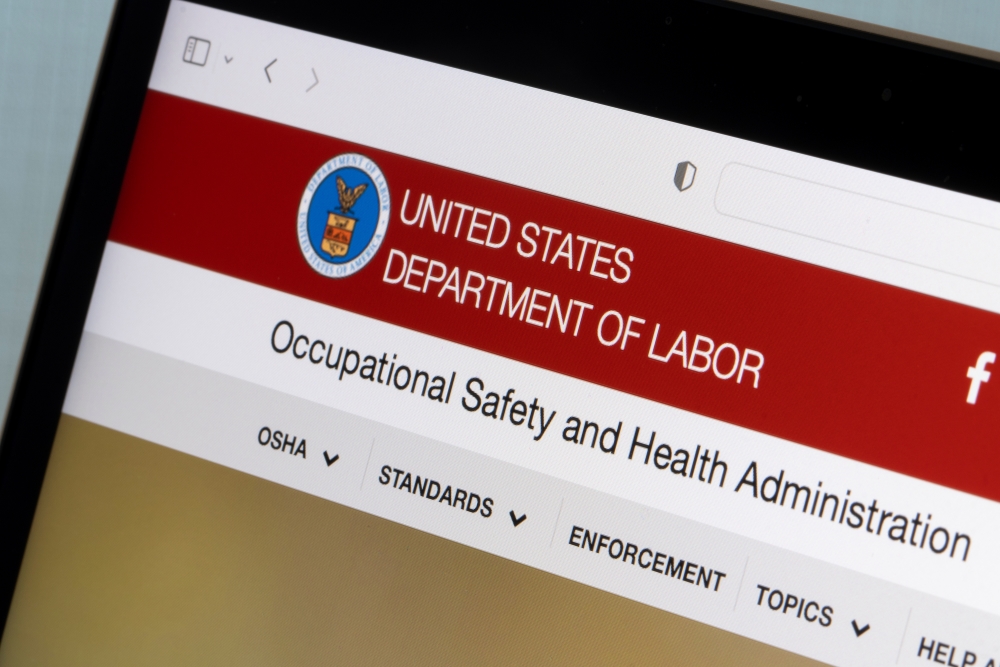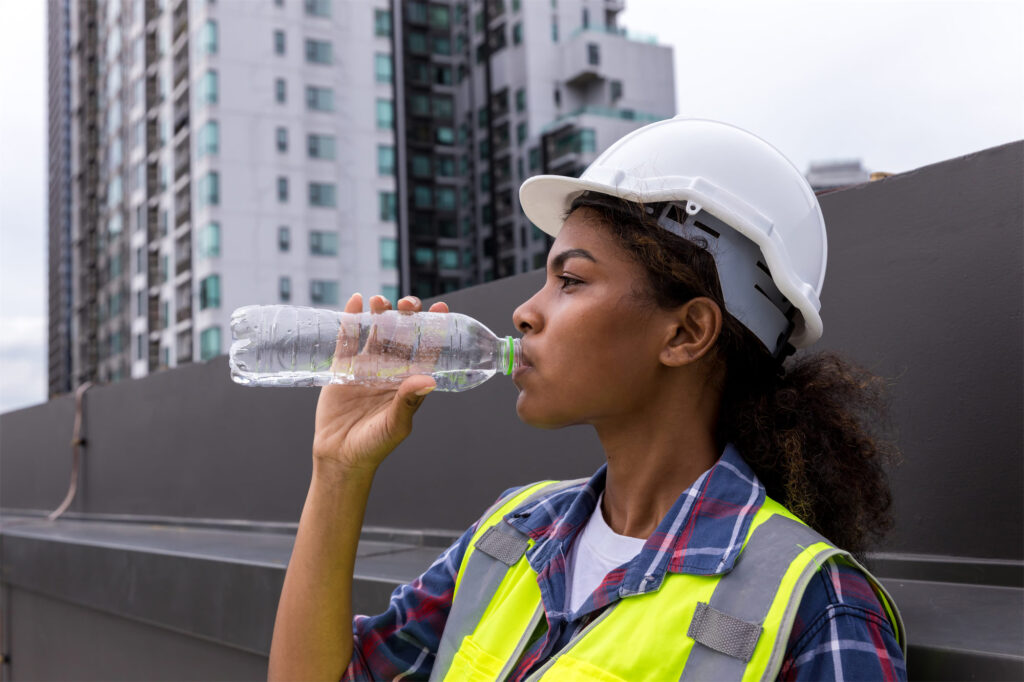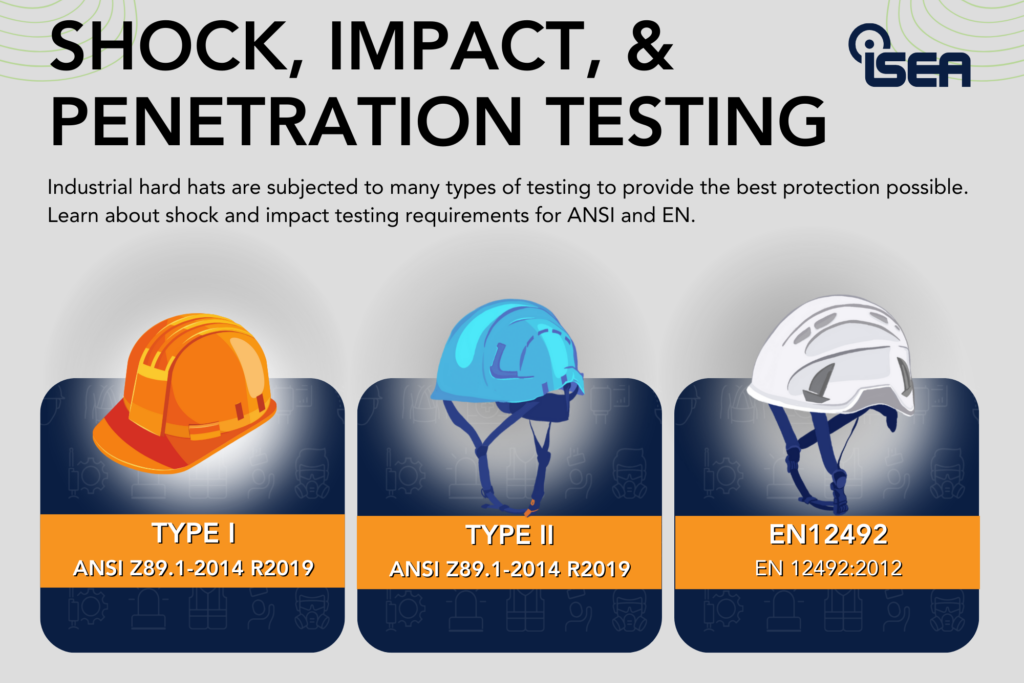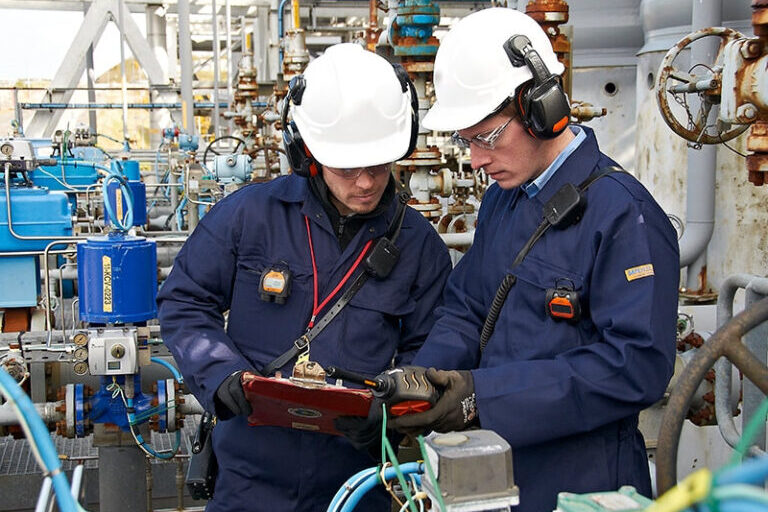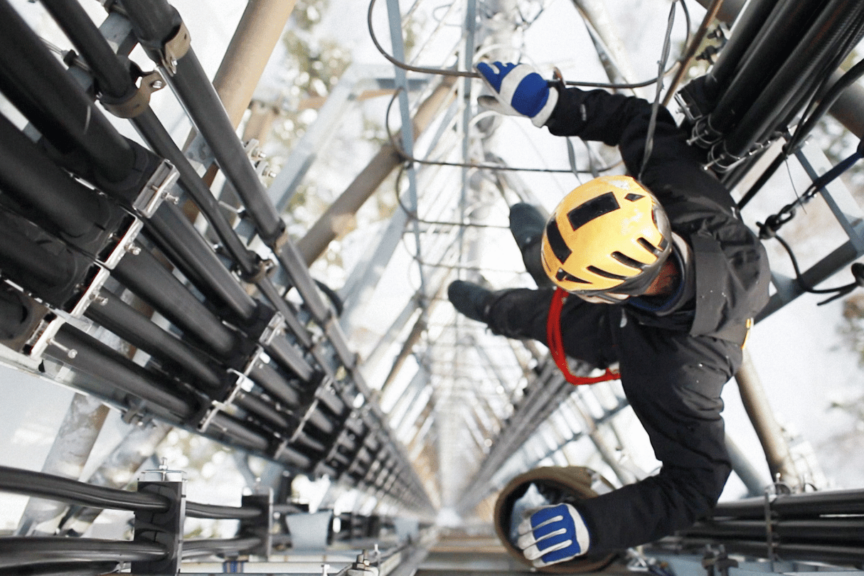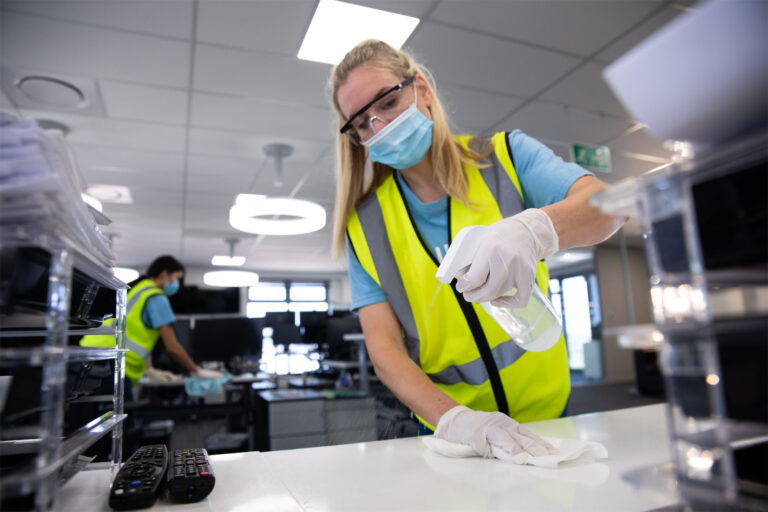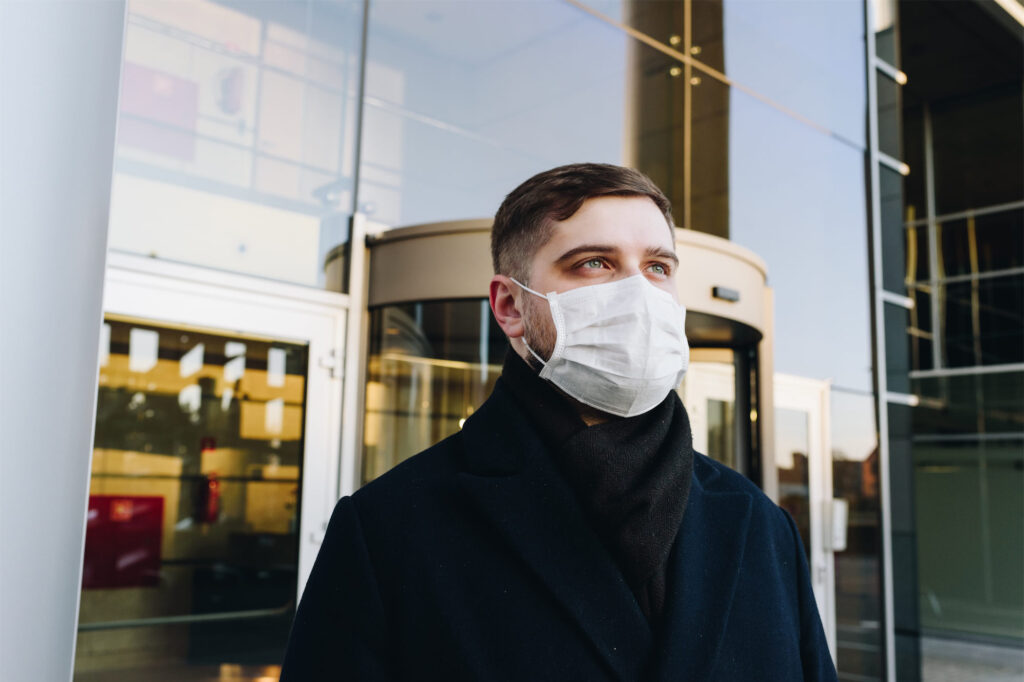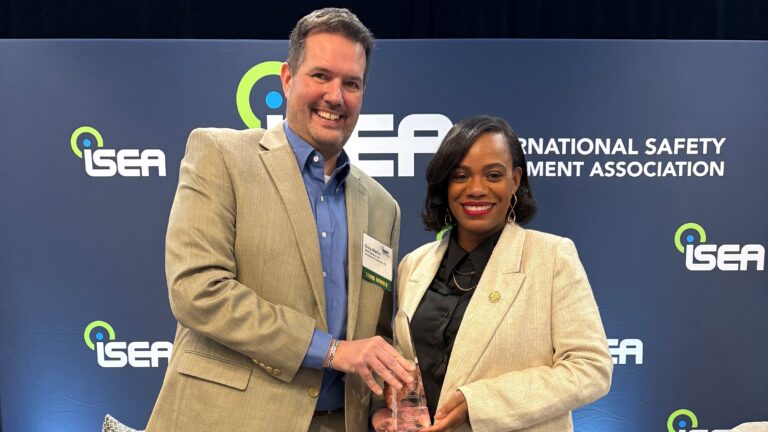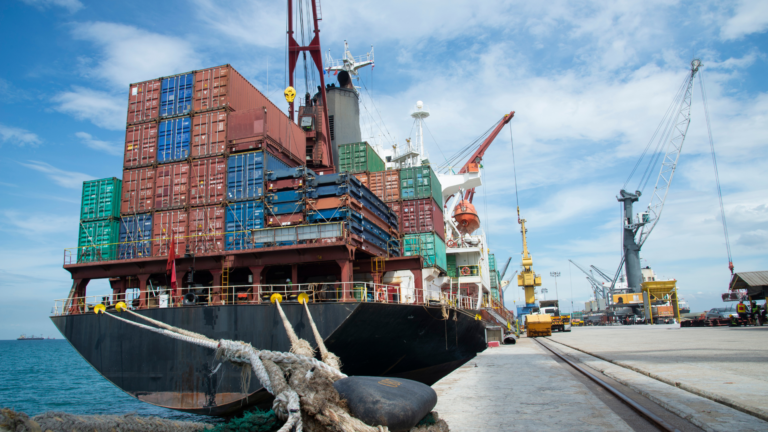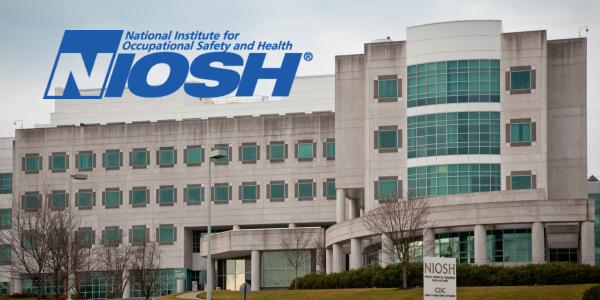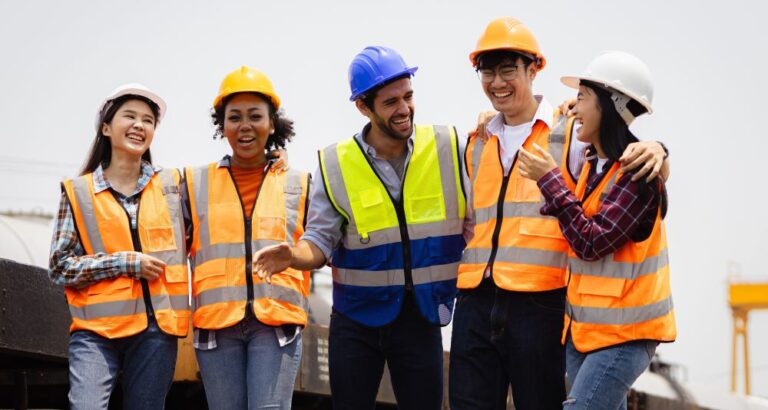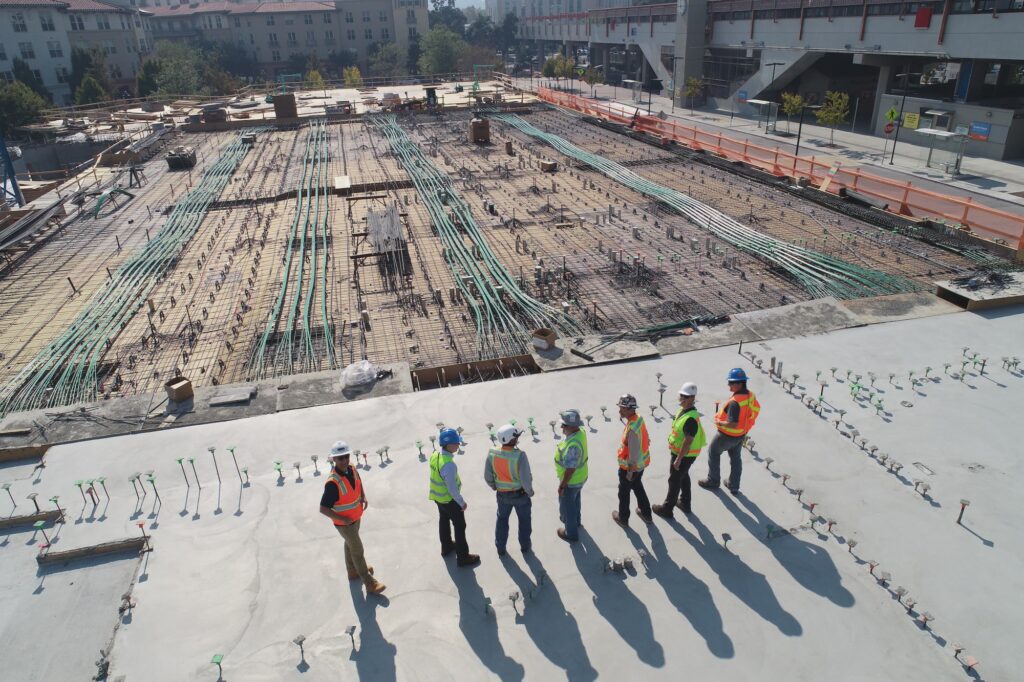Advocacy
Making Your Voice Heard
Advancing Policies That Protect 125 Million Workers
Regulations, standards, and legislation greatly influence the safety market. With ISEA, the safety equipment and PPE industry speaks with one voice to regulatory agencies like OSHA and NIOSH, policymakers, and standards development organizations.
ISEA works actively on behalf of the PPE and safety equipment industry by:
- Acting as an early warning system about major policy and regulatory issues and initiatives
- Informing & influencing government action by representing member interests on potential policies & regulations
- Amplifying your voice by collaborating with partner organizations on critical issues
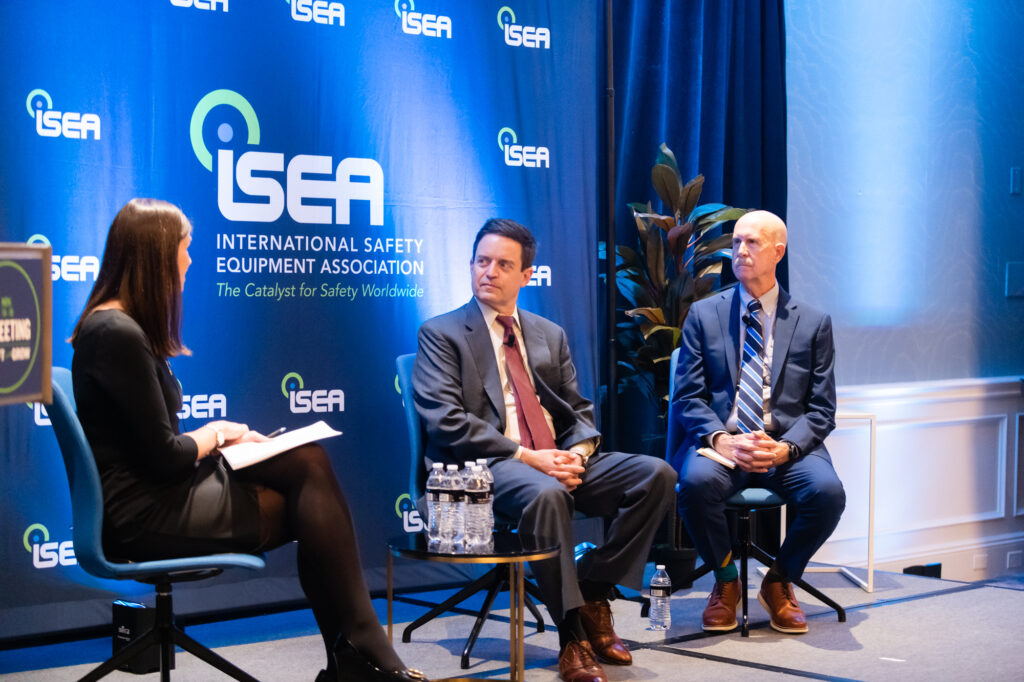
Asst. Secretary of Labor for Occupational Health & Safety (OSHA) Doug Parker and NIOSH Director Dr. John Howard talking with ISEA Board Treasurer Wells Bullard.
Policy & OHS Issues
When trade policies drive up costs and limit access to critical PPE, it’s not just supply chains that suffer—worker safety is put at risk. Understanding the impact of tariffs on protective equipment is key to protecting lives and maintaining safety standards across essential industries.
Every day, 125 million American workers rely on PPE and safety equipment to stay safe. Smart, practical policies and effective regulation ensure they have access to the tools they need—not only protecting lives but strengthening the industries that drive our nation’s economic growth.
Every American worker deserves to go home safe at the end of the day. OSHA and NIOSH work hand-in-hand to make that a reality—protecting lives, supporting businesses, and driving economic growth.
ISEA believes that a national heat stress standard is a crucial step towards protecting some of our most vulnerable workers performing tasks mission-critical to our economy.
There are a lot of misconceptions about industrial head protection, and no one-size-fits all solution. The stakes couldn’t be higher: fewer than half of workers experiencing a fall-related head injury were wearing any head protection.
To ensure the safety of the nation’s workers as well as product performance, certification, or compliance, ISEA believes that Right to Repair legislation must exempt all PPE and safety equipment.
Every employer that sends workers to perform tasks at heights should have a comprehensive safety at heights program, including fall protection, dropped objects prevention, and heat or cold stress.
It’s critical for all workers, including the over 8 million women who require PPE on the job, to have PPE that offers the appropriate protection and also fits correctly.
The PPE and safety equipment industry plays a vital role in supporting customers’ ESG and sustainability objectives, and ensuring workers return home safely after their shift is over.
ISEA advocates for direct and sustained support of domestic PPE production and procurement, including establishing warm manufacturing contracts and replenishing stockpiles.
ISEA strongly supports funding for the Respirator Approval Program, through NIOSH’s National Personal Protective Technology Laboratory.
Policy & OHS Issues
Invest in Safety
OSHA & NIOSH Funding
Heat Stress
Invest in Safety
OSHA & NIOSH Funding
Heat Stress
Delivering for Our Members
Here are a few ways ISEA has delivered results for our members and advanced worker safety.
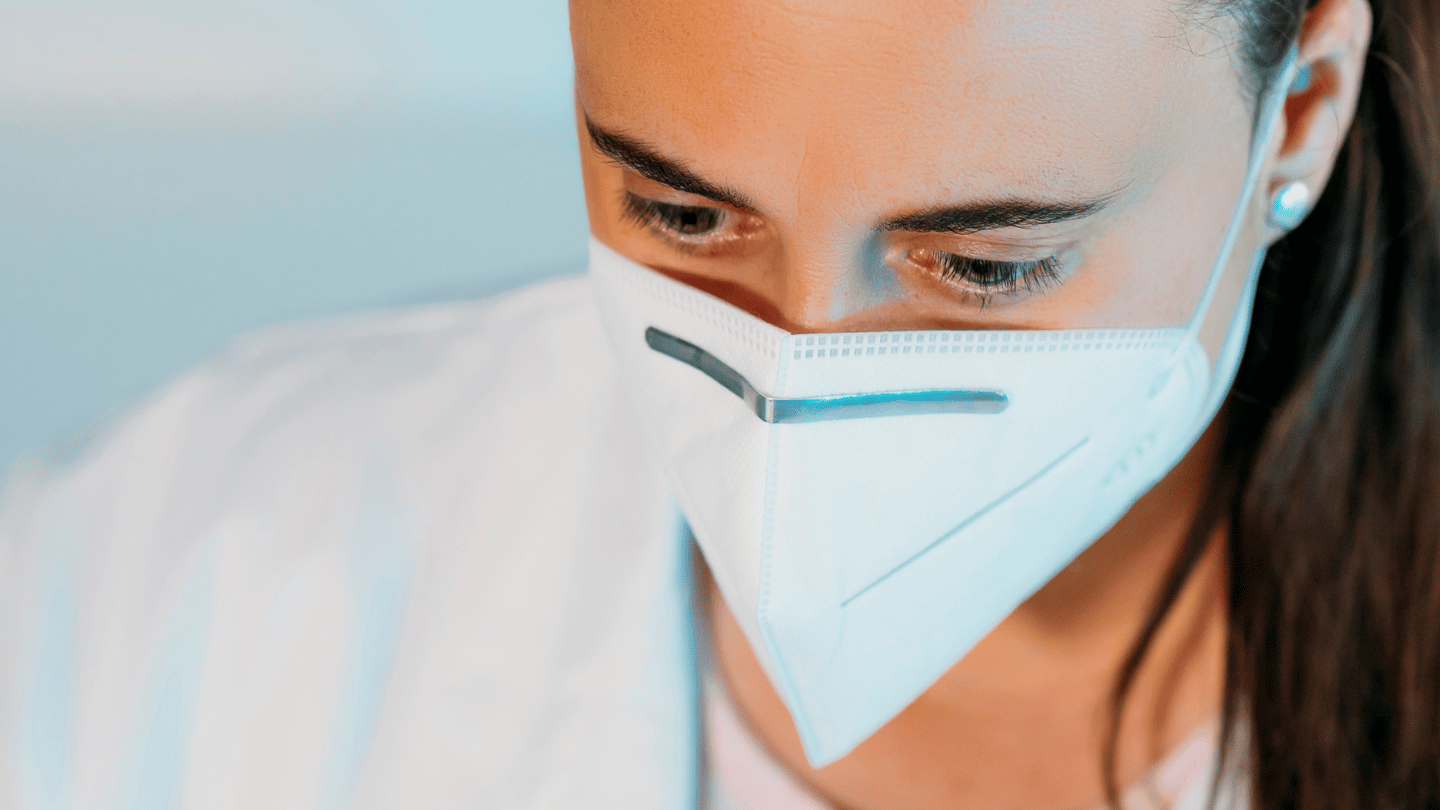
PREP Act Liability Protection
ISEA earned the first product liability legislation in 15 years, with respirators being covered in the Public Readiness and Emergency Preparedness (PREP) Act. This better enables our nation's respiratory manufacturing base to meet the challenge of pandemics or public health emergencies.
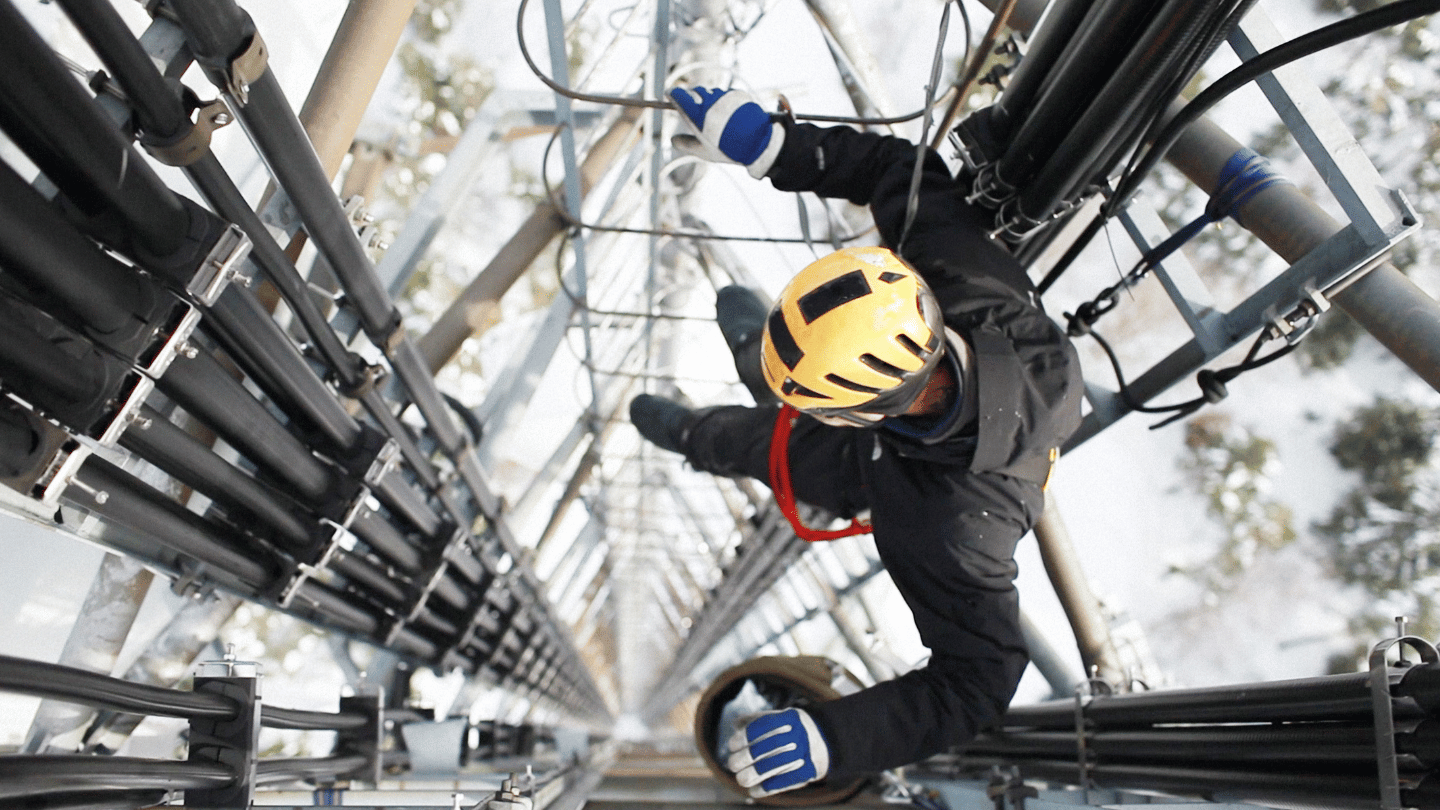
Fall Protection Enforcement
After working closely with OSHA, members of Congress and administration officials on an updated fall protection rule, ISEA called on OSHA to create a national emphasis program (NEP) focusing on falls to a lower level. Thanks to input from ISEA and other partners, OSHA issued its NEP.
Working Hand-in-Hand with OSHA
OSHA’s Alliance Program provides organizations the opportunity to participate in a voluntary cooperative relationship with OSHA for purposes such as raising awareness of OSHA initiatives, outreach, communication, training, and education.
Through the Alliance, OSHA and ISEA collaborate to:
- Develop content and training resources on the proper selection, use and maintenance of PPE
- Share information on national consensus standards for personal protective and other safety equipment
ISEA and OSHA renewed their Alliance in 2021 for a period of five years.
